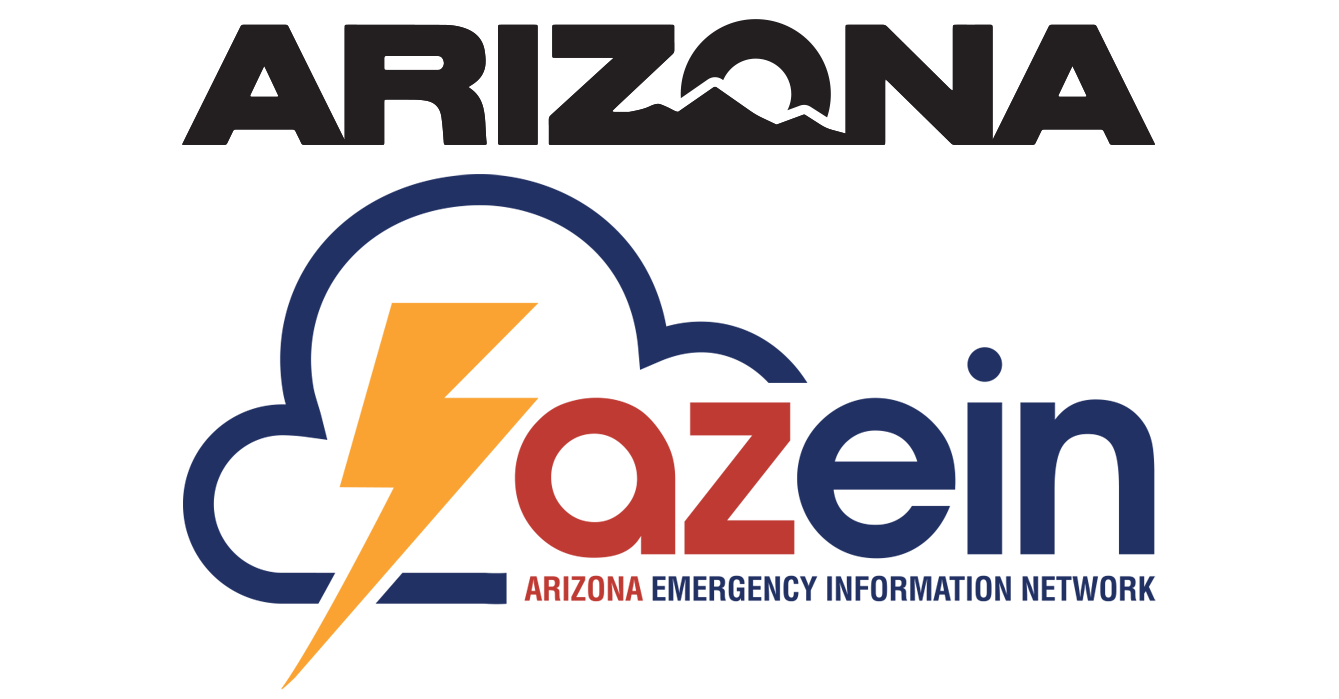Gold King Mine Spill Response
Background | Updates | Press Releases | Websites | Phone Numbers
Background
On August 5, 2015, the United States Environmental Protection Agency (EPA) was conducting an investigation of the Gold King Mine near Silverton, Colorado. During excavation, a blowout occurred above the mine tunnel, releasing three million gallons of acidic water contaminated with heavy metals into the Animas River, which then flowed downstream into the San Juan River.
Federal officials, along with local and state officials in Colorado, New Mexico, Utah, Arizona, and the Navajo Nation are assessing the effects of the spill in their jurisdictions.
Arizona is working closely with local agencies to analyze the potential impacts of the spill in Arizona. The state is also working closely with its neighboring states: Colorado, New Mexico, and Utah, and exchanging date with the EPA.
Available test results and information indicate that the Gold King Mine spill has not affected Arizona’s surface, ground or drinking water.
Updates
9/9/15 – The Arizona Geological Survey (AZGS) launches the Gold King Mine Spill Water and Sediment Sample Locations map as a single reference that catalogues the locations of all sampling efforts with links for data discovery and access.
8/27/15 – Arizona’s cooperating agencies agree Lake Powell and the downstream Colorado River are safe for all uses, including recreational and agricultural as well as a drinking water source for public water systems.
Test results from monitoring locations upstream of Lake Powell in Utah show that metals concentrations were generally consistent with background levels. Water quality, fish tissue and sediment tests are continuing in Lake Powell to assure that the lake water is safe for all uses.
To establish baseline water quality before any remnants of the spill reached Lake Powell, the Arizona Department of Environmental Quality conducted water quality sampling on August 12, 2015. Test results of these samples are consistent with historic water quality data from Lee’s Ferry (downstream of Glen Canyon Dam). These results, along with ADEQ’s data analysis of water entering Lake Powell (San Juan River test data collected by Utah) are available for review:
- Rationale for Lake Powell being Safe for Recreational Use (source: Arizona Department of Environmental Quality, Water Quality Division)
- ADEQ Baseline Test Results from 08-12-15 Sampling (source: Arizona Department of Environmental Quality, Water Quality Division)
Scientists and specialists from several Arizona agencies have been and are continuing to monitor and assess data related to the mine spill. As part of the ongoing water quality monitoring and assessment work, the Arizona Game and Fish Department will collect and test fish tissue and water quality samples from the Arizona portion of Lake Powell this week.
As new test results become available, ADEQ will compare them with Arizona surface water quality standards and historical data to support water quality protection efforts and continue to share updated information here on the AZEIN website.
Press Releases
- (09.09.15) AZGS Launches Interactive Map of Gold King Mine Water, Sediment Sampling
- (09.03.15) ADEQ Update on Colorado Gold King Mine Spill
- (08.17.15) ADEQ Update on Colorado Gold King Mine Spill
- (08.10.15) ADEQ Responds to Animas River Spill from Gold King Mine
Websites
State
- Arizona Department of Environmental Quality (ADEQ)
- Arizona Game & Fish Department (AZGFD)
- Arizona Geological Survey
Federal
- US Environmental Protection Agency (US EPA)
- US Geological Survey (USGS)
- Glen Canyon Recreation Area Map and Gold King Mine Spill Update
Tribal
Neighboring State Spill Information
- Colorado Department of Public Health and Environment
- New Mexico Environment Department
- Utah Department of Environmental Quality
- EPA Hotline for Gold King Mine Spill: 1-844-607-9700 (English/Spanish/Navajo language operators)
- Arizona Department of Health Services Office of Environmental Health: 602-364-3118
- Arizona Poison Control Center: 1-800-222-1222
- Glen Canyon Dam Recreation Area hotline: 928-608-6404
- Local county health departments
(source: Arizona Department of Environmental Quality, Arizona Geological Survey)

